In the digital era, where music is just a click away, an unexpected revival is taking place: the resurgence of vinyl records. This resurgence is more than just a trend; it reflects a deeper desire for tangible music experiences and a renewed appreciation for analog sound.
Today, vinyl is not just for audiophiles; it has become a cultural phenomenon, embracing both nostalgia and modernity. Music lovers, collectors, and even younger generations are rediscovering the joys of vinyl records, creating a new chapter in the history of recorded music.
But, the vinyl record resurgence has been steady for a few years and it is only fair that we talk a bit about the story behind it.
Early Beginnings
The journey of vinyl records begins in the late 19th century with the first sound recordings. Initially, sound was recorded on cylinders made from materials like wax and later cardboard. These primitive recordings laid the foundation for future innovations in sound reproduction.
A breakthrough came in 1898 when Emile Berliner introduced the flat disc. This format would eventually evolve into the vinyl records we recognize today. The early versions, made from shellac, became the standard in the 1920s. However, shellac was a brittle material, and records broke easily.
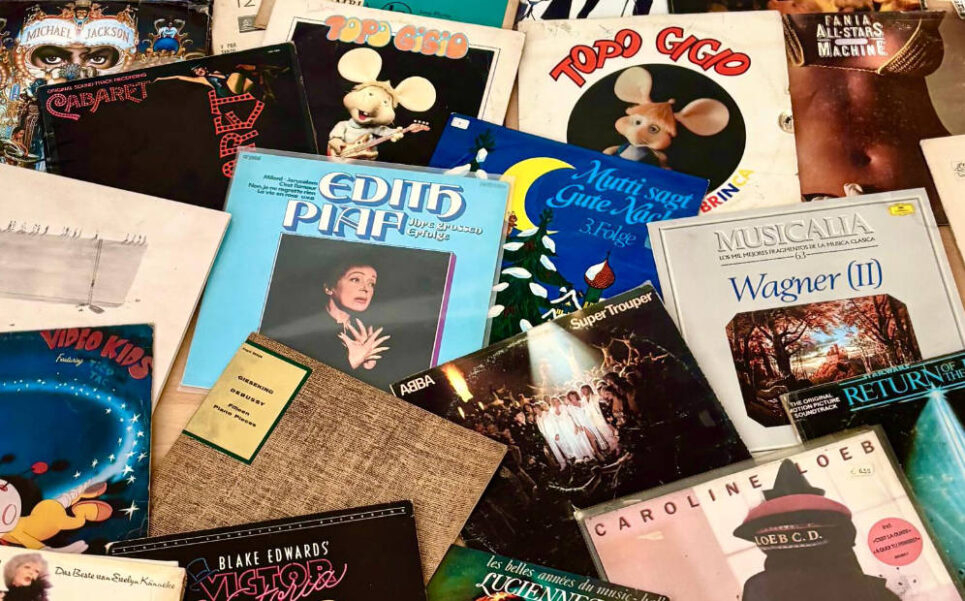
Shellac records typically spun at 78 revolutions per minute (RPM) and could only hold a few minutes of music per side. This limitation was frustrating for both musicians and listeners, as it restricted artistic expression and required frequent record changes.
With the arrival of vinyl, records became more durable and capable of storing more music. The 33 RPM long-playing (LP) record, introduced by Columbia Records in 1948, revolutionized the industry. This format allowed for up to 30 minutes of music per side, enabling the creation of full-length albums.
At nearly the same time, RCA Victor introduced the 45 RPM single. This smaller, more affordable record became the standard format for hit singles, allowing music fans to enjoy their favorite songs without purchasing an entire album. Both formats thrived, dominating the music industry throughout the 1950s and 1960s and making vinyl the preferred medium for recorded music.
The Golden Age of Vinyl
The 1960s and 1970s are often regarded as the golden age of vinyl. During this era, vinyl records were not just a way to listen to music—they were a cultural phenomenon that influenced fashion, art, and lifestyle.
Iconic albums by legendary artists like The Beatles (Sgt. Pepper’s Lonely Hearts Club Band), The Rolling Stones (Exile on Main St.), Led Zeppelin (IV), Pink Floyd (The Dark Side of the Moon), and David Bowie (The Rise and Fall of Ziggy Stardust and the Spiders from Mars) defined generations.
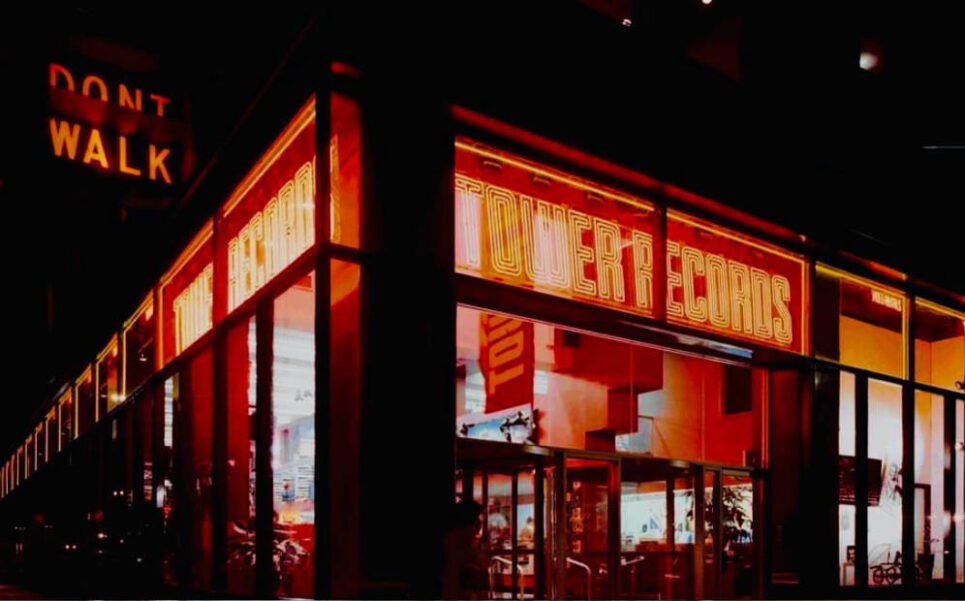
Record stores thrived, becoming more than just retail spaces; they were gathering places for music lovers.
Stores like Tower Records, HMV, and independent shops around the world flourished, offering rare imports, special pressings, and exclusive releases. These spaces provided a communal experience where fans could share their passion for music, discover new artists, and engage in deep discussions about albums.
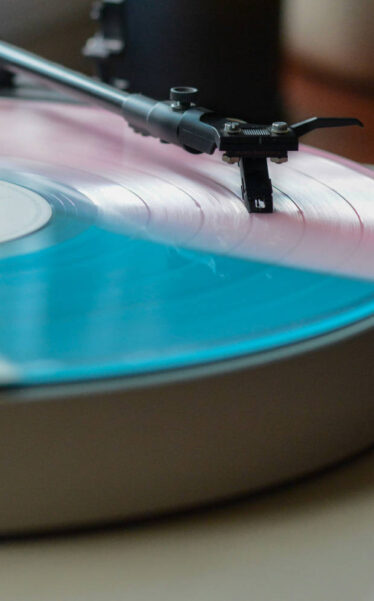
During this period, vinyl records were considered the definitive way to experience music.
Audiophiles (a person who is enthusiastic about high-fidelity sound reproduction, definition from Merriam-Webster), and music enthusiasts helped. They state that the analog sound vinyl records produce is warmer, richer, and more natural than digital audio.
Additionally, the ritual of playing a record—from carefully removing it from its sleeve to placing the needle on the groove—added a tactile and immersive aspect to listening that no other format could replicate.
Concerts and festivals also played a significant role in the golden age of vinyl.
Music festivals like Woodstock (it took place from August 15 to 18, 1969. Promoted as “An Aquarian Exposition: 3 Days of Peace & Music”, it drew a crowd of over 460,000 people) and the Isle of Wight Festival (It is a legendary music event that began in 1968 on the Isle of Wight, England. It is known for iconic performances by artists like Jimi Hendrix, The Who, and Joni Mitchell) became legendary, and attendees often rushed to buy vinyl copies of the performances or albums of the artists they had just witnessed live.
The demand for records skyrocketed, leading to high production numbers and making vinyl the undisputed king of music consumption.
The Decline of Vinyl
But, as we know, what goes up must come down. So, despite its dominance, the rise of the compact disc (CD) in the 1980s marked the beginning of vinyl’s decline. CDs were introduced as a superior format, offering longer playtime, better durability, and improved sound quality. Unlike vinyl, CDs were resistant to dust and scratches, and they provided a clearer sound without the pops and hisses associated with analog recordings.

One of the major turning points came in 1982 when Billy Joel’s 52nd Street became the first commercially available album released on CD.
The industry quickly shifted its focus to this new format, and by the late 1980s, major record labels heavily promoted CDs over vinyl. CD sales soared, and more consumers embraced the convenience of digital music. Portable CD players like the Sony Discman, introduced in 1984, further reinforced this shift by making music more mobile than ever before.
By the 1990s, vinyl was in serious decline. Record stores began to reduce their vinyl inventory, replacing it with CDs.
Many iconic record-pressing plants shut down due to dwindling demand. As production costs for CDs decreased and mass adoption grew, vinyl records became increasingly hard to find. By 1991, CD sales officially surpassed vinyl sales, cementing the transition to digital music.
The late 1990s saw another major shift with the rise of digital downloads. The introduction of MP3 technology and platforms like Napster (1999) and later iTunes (2001) revolutionized music consumption.
Music became more accessible than ever, allowing listeners to purchase and store thousands of songs without needing physical media.
This convenience came at a cost—listeners lost the tangible experience of handling records, reading liner notes, and appreciating album artwork in full detail.
By the early 2000s, vinyl had all but disappeared from mainstream music culture. Large music retailers stopped stocking records, and many believed vinyl was a relic of the past. However, as history would soon show, vinyl was far from dead—it was merely waiting for its resurgence.
The Resurgence Begins
Surprisingly, in the early 2000s, vinyl records began making a comeback. At first, the resurgence was driven by audiophiles and collectors, but it soon gained wider appeal. Independent record labels started pressing new albums on vinyl, and some artists released special vinyl editions of their work. What initially seemed like a niche market soon turned into a global revival.

By the mid-2010s, the movement had gained significant momentum. According to the Recording Industry Association of America (RIAA), vinyl sales in the United States surpassed CD sales for the first time in 2020.
This milestone highlighted the enduring appeal of vinyl in an increasingly digital world.
Several factors contributed to this resurgence. Firstly, many listeners crave a tangible experience in an age dominated by digital streaming.
Handling a vinyl record—removing it from its sleeve, placing it on a turntable, and carefully lowering the needle—creates a ritual that enhances the listening experience. This physical interaction fosters a deeper connection to the music.
Secondly, vinyl enthusiasts argue that records produce a warmer, richer sound compared to digital formats. Unlike compressed MP3 files, vinyl captures a full range of frequencies, providing a more dynamic and authentic listening experience.
Thirdly, nostalgia plays a crucial role. Vinyl records evoke memories of when listening to music was an event rather than just background noise. Many younger listeners, curious about the past, have embraced vinyl as a way to connect with earlier generations.
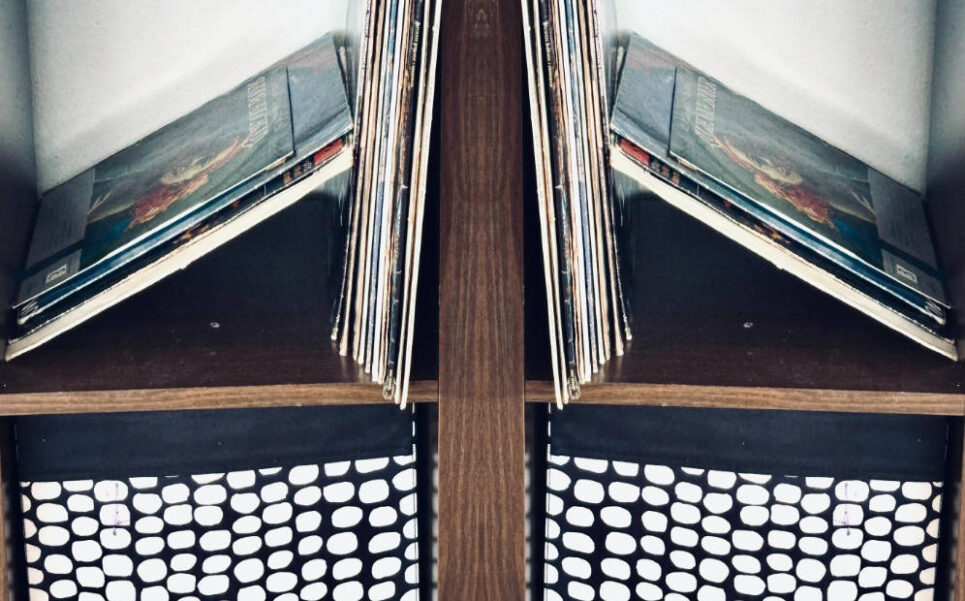
Additionally, vinyl records foster a sense of community. Independent record stores have become cultural hubs once again, hosting events, live performances, and vinyl listening parties. Collectors and music lovers share their passion online, forming digital communities dedicated to discussing rare finds and favorite albums.
Challenges Ahead
While the vinyl revival is thriving—gracing shelves in record stores, bookstores, and even big-box retailers, it’s important to acknowledge the bumps in the road ahead.
Producing vinyl isn’t as simple as pressing “play.” There are serious challenges behind the scenes. For example, global supply chain issues, the rising cost of PVC (the plastic used in records), and a limited number of functioning pressing plants often mean long wait times for new releases.
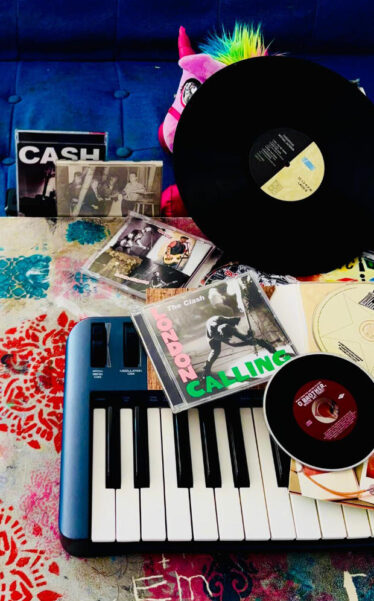
On the other hand, some artists have had to delay album drops by several months just to get their records pressed.
Add to that that many of these pressing plants use decades-old machinery, and you’ve got a process that’s far from streamlined.
Independent labels, in particular, are feeling the squeeze. While major labels can usually secure production slots more easily, small indie imprints often get pushed to the back of the queue.
That delay trickles down to fans, who are eager to get their hands on physical albums but are left waiting—or worse, turning to bootlegs or scalpers.
And let’s be real: even as vinyl spins its way back into mainstream culture, digital is still king. Streaming offers convenience, portability, and instant access—three things vinyl can’t compete with.
But maybe it doesn’t have to. The future of vinyl probably isn’t about replacing digital but coexisting with it.
Think of vinyl as a premium, tactile experience for listeners who want to slow down and savor music, while digital remains the everyday go-to. If the industry can strike that balance, the vinyl revival might not just survive—it could become a permanent fixture in the music landscape.
Final Thoughts
As the vinyl revival continues to unfold, it invites us to slow down, drop the needle, and truly listen—not just to music, but to the stories behind it.
In our fast-scrolling, always-streaming digital world, vinyl records offer something refreshingly different: the joy of physicality. There’s something special about carefully sliding a record out of its sleeve, placing it on the turntable, and hearing that soft crackle before the music begins. It’s not just about sound—it’s about presence. About being there, fully tuned in.
Vinyl brings back the warmth of analog sound, that slightly imperfect, rich tone that digital formats often scrub clean. But it’s also about more than the audio.
It’s about flipping through crates in a dusty record shop, finding that one rare pressing, or inheriting a stack of records from a parent or grandparent and discovering the music that shaped them. It’s about the community—swapping recommendations, showing off setups, and bonding over shared favorites.
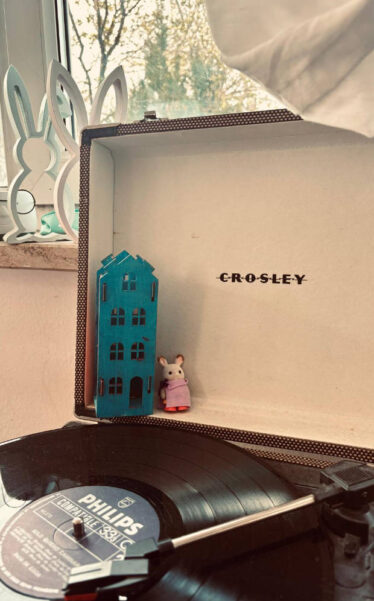
And those emotional connections? They run deep. Music tied to memories—your first concert, a heartbreak, a road trip soundtrack—takes on new life when heard on vinyl. That crackle becomes part of the memory, too. Vinyl doesn’t just play music; it preserves emotion.
Whether you’re spinning a classic Bowie album or diving into a limited indie release on colored wax, each record tells a story. One that connects you not just to the artist but also to your timeline—and often to someone else’s.
So, embrace the revival. Celebrate the ritual. Let your fingers trace the grooves, let the music fill the room, and let it all remind you that, sometimes, the best things are worth slowing down for. Let the music play on—loud, warm, and unapologetically analog.


